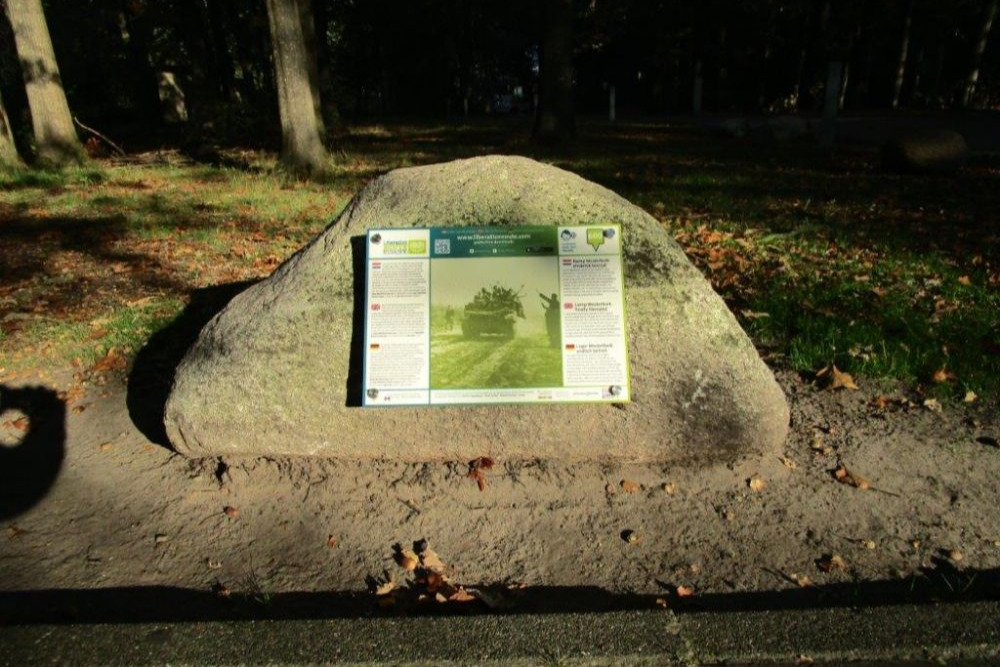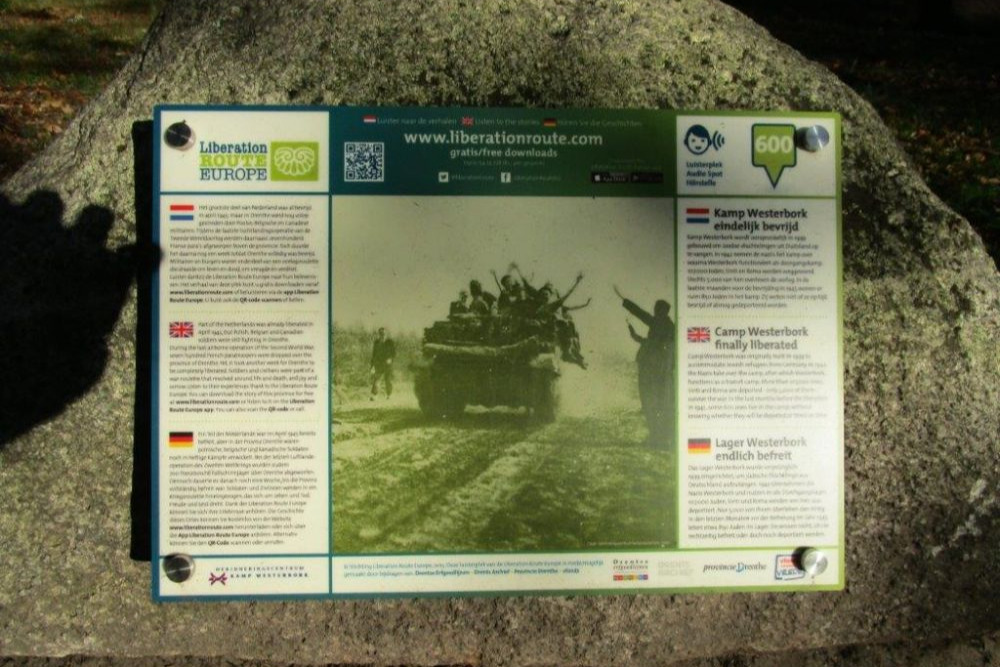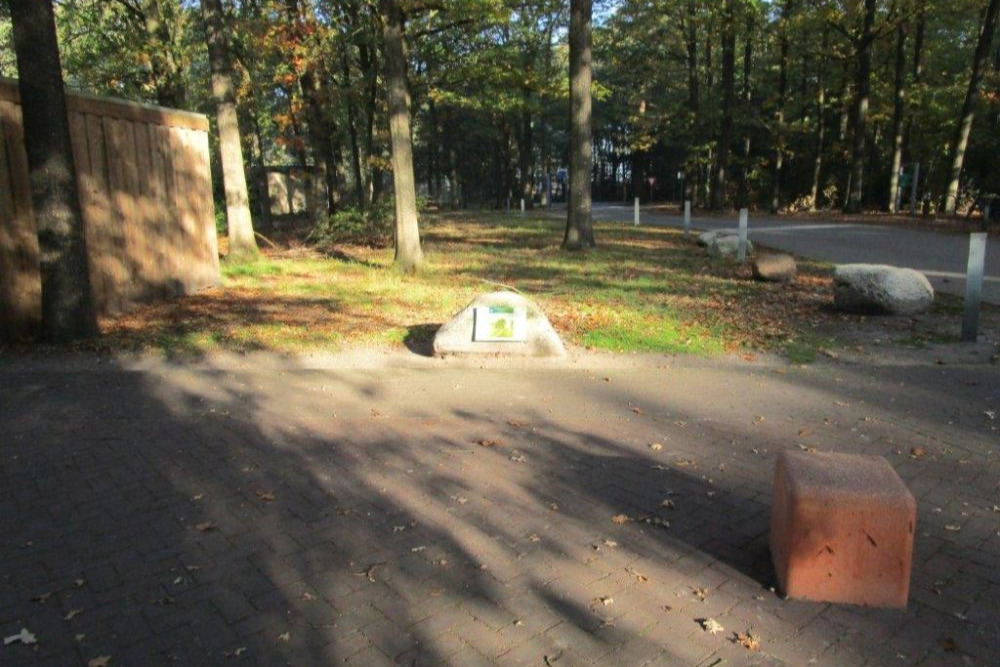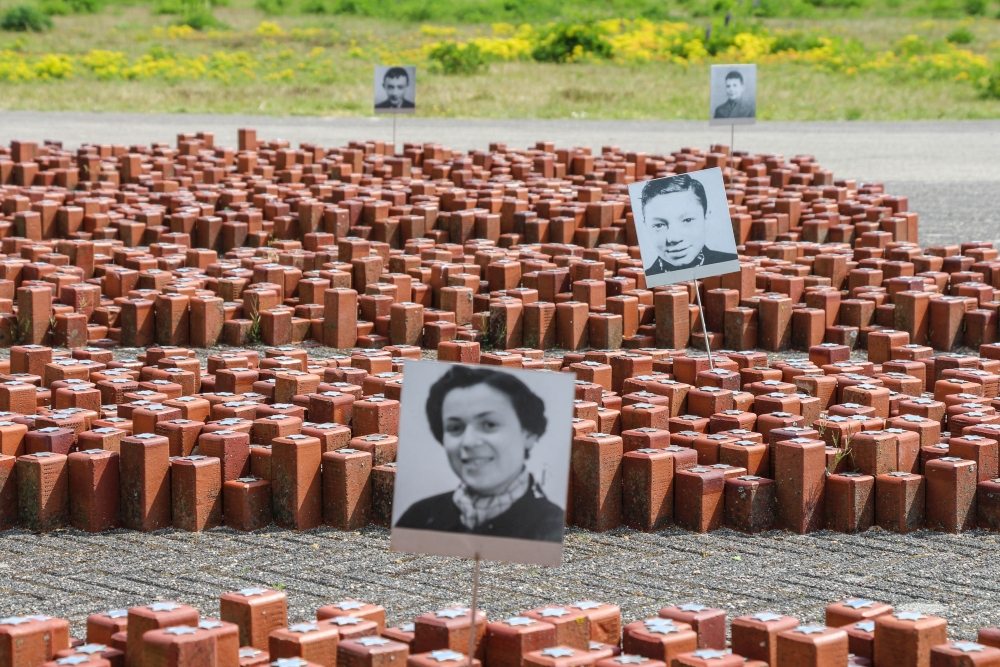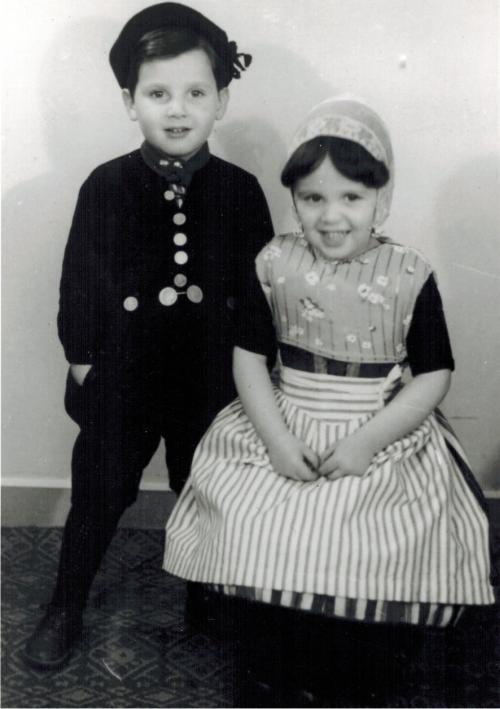Liberation Route Marker 600: Camp Westerbork finally liberated
Camp Westerbork finally liberated
In order to receive Jewish refugees from Germany, the Dutch government built a refugee camp on the bare heathlands of Westerbork in 1939. Dozens of barracks are erected on an area of just 500 by 500 metres.
In July 1942, Nazis took over the camp and turned it into a transition camp. Jews arrested in the Netherlands were taken to the camp and put on transport a few days later to what they believed to be labour camps in Germany and Poland. However, unbeknownst to many at the time, they did not return.
A total of 95 trains with 107,000 Jews, Sinta, and Roma departed from Westerbork to concentration camps and extermination camps in Germany and Eastern Europe. The transports stopped suddenly on 13 September 1944. The more than 600 prisoners who remained in the camp were torn between hope and fear for months. Would they finally be liberated? Could the allies persevere? Or would the SS put them on a transport, or maybe even execute them?
In March 1945, the allied forces launched their offensive and the prisoners in camp Westerbork heard the sound of gunshots in the distance. Using hidden radios in the camp, the prisoners followed the developments, which caused unrest and speculation.
In early 1945, everything happened quickly. More and more members of the SS and their collaborators fled on a daily basis. Rumours said that the British troops had reached Zutphen. Thanks to eye witness accounts and diary fragments of council official Aad van As, and 10-year-old Ed van Thijn, we have a clear picture of those turbulent last weeks and days.
Audiospot - Camp Westerbork finally liberated
Liberation Route Europe is a certified Cultural Route of the Council of Europe. With hundreds of sites and stories in nine European countries, the route links the main regions along the advance of the Allied Forces in 1943-1945.
The entire route consists of themed routes that can be travelled by by hiking, walking, cycling and car. These routes pass numerous historical and interesting sites and tell stories from a multitude of perspectives that were important in the final phase of World War II.
Many routes feature listening spots, offering the opportunity to listen to a historical story at a location. In addition, many ‘Vectors of Memory’ have been placed, indicating that the passer-by is on one of the Liberation Routes.
The routes can be found on the Liberation Route Europe website or in the app through which many stories can also be listened to.
Do you have more information about this location? Inform us!
Source
- Text: TracesOfWar & Liberation Route Europe
- Photos: Arie van Wijngaarden
Nearby
Museum
- Camp Westerbork Remembrance Centre - Hooghalen
- Stoottroepenmuseum - Johan Willem Frisokazerne - Assen
Point of interest
- The Westerbork path - Hooghalen
- Bullet Holes Hoofdstraat 5 - Hooghalen
- NSB District Office Drenthe - Assen
Monument
- Camp Westerbork - Hooghalen
- House Commander Camp Albert Konrad Gemmeker Westerbork - Hooghalen
- Memorial Signs in Westerbork Camp Westerbork - Hooghalen
Cemetery
- Dutch War Graves Municipal Cemetery Grolloo - Grolloo
- Dutch War Graves Westerbork General Cemetery - Westerbork
- Jewish War Graves Municipal Cemetery Westerbork - Westerbork
Remembrance Stone
- Stumbling Stone Oranjekanaal Noordzijde 12 - Zwiggelte
- Stumbling Stone Hogebrinksweg 9 - Elp
- Stumbling Stone Laaghalerveen - Laaghalerveen
Fortification
- German Antitank Ditch Assen - Assen
- German Antitank Ditch Assen - Assen
- German Anti-tank Ditch Balloërveld - Balloerveld
